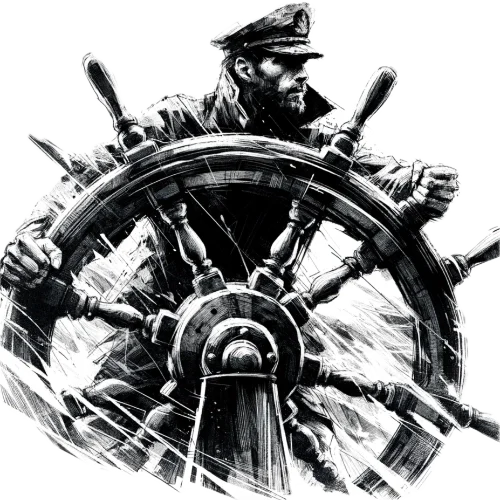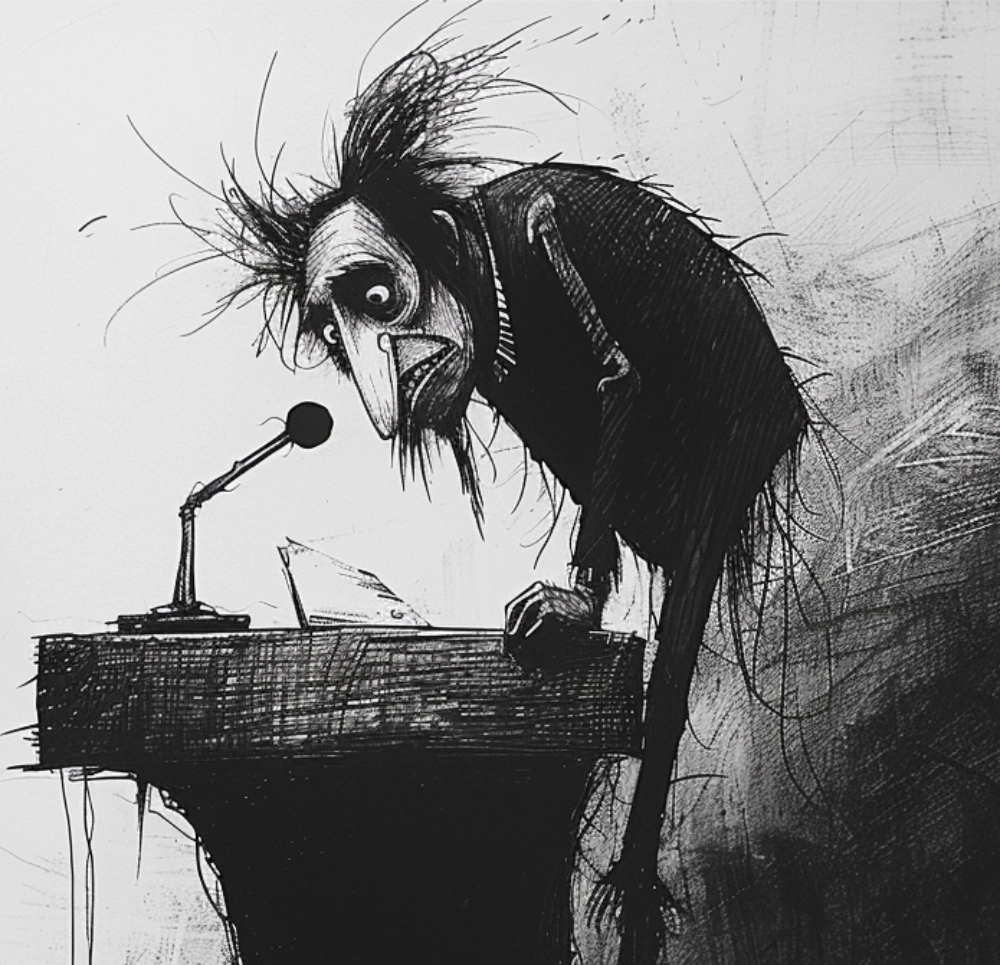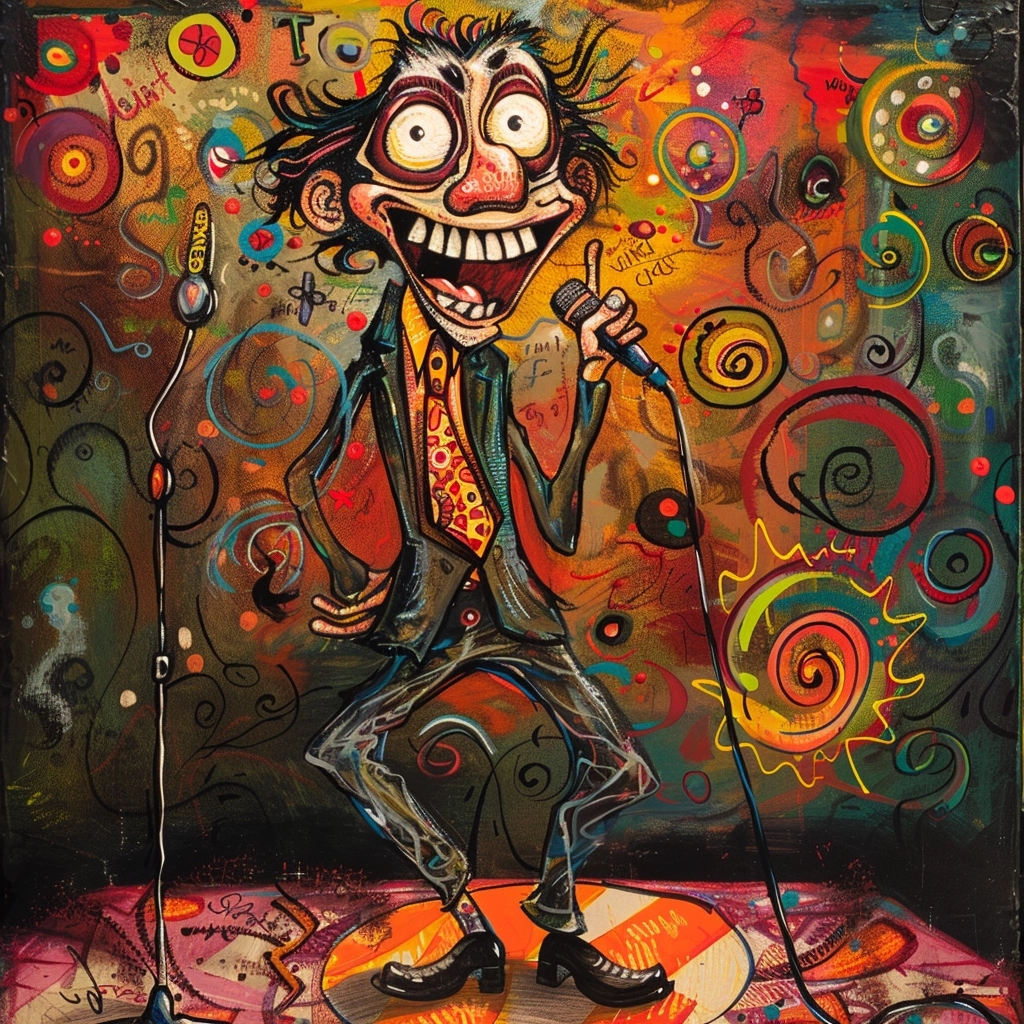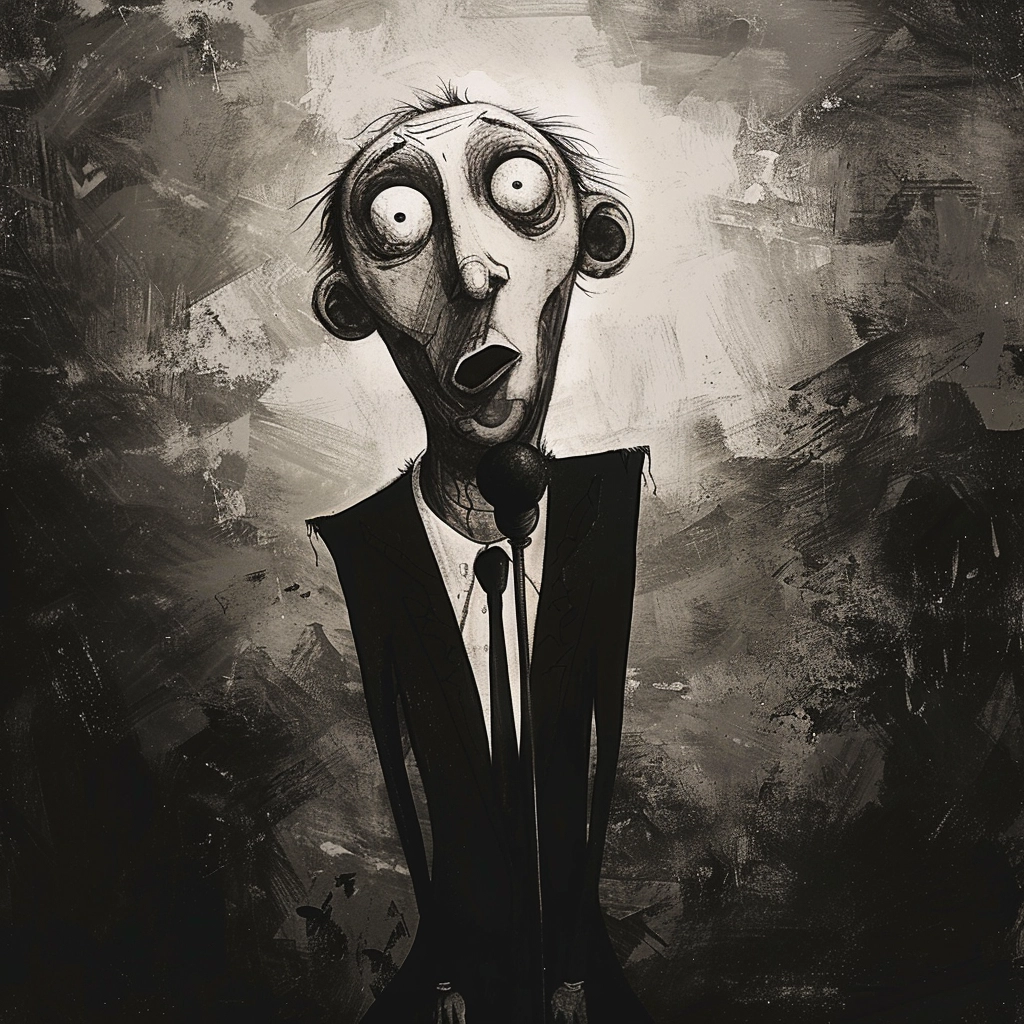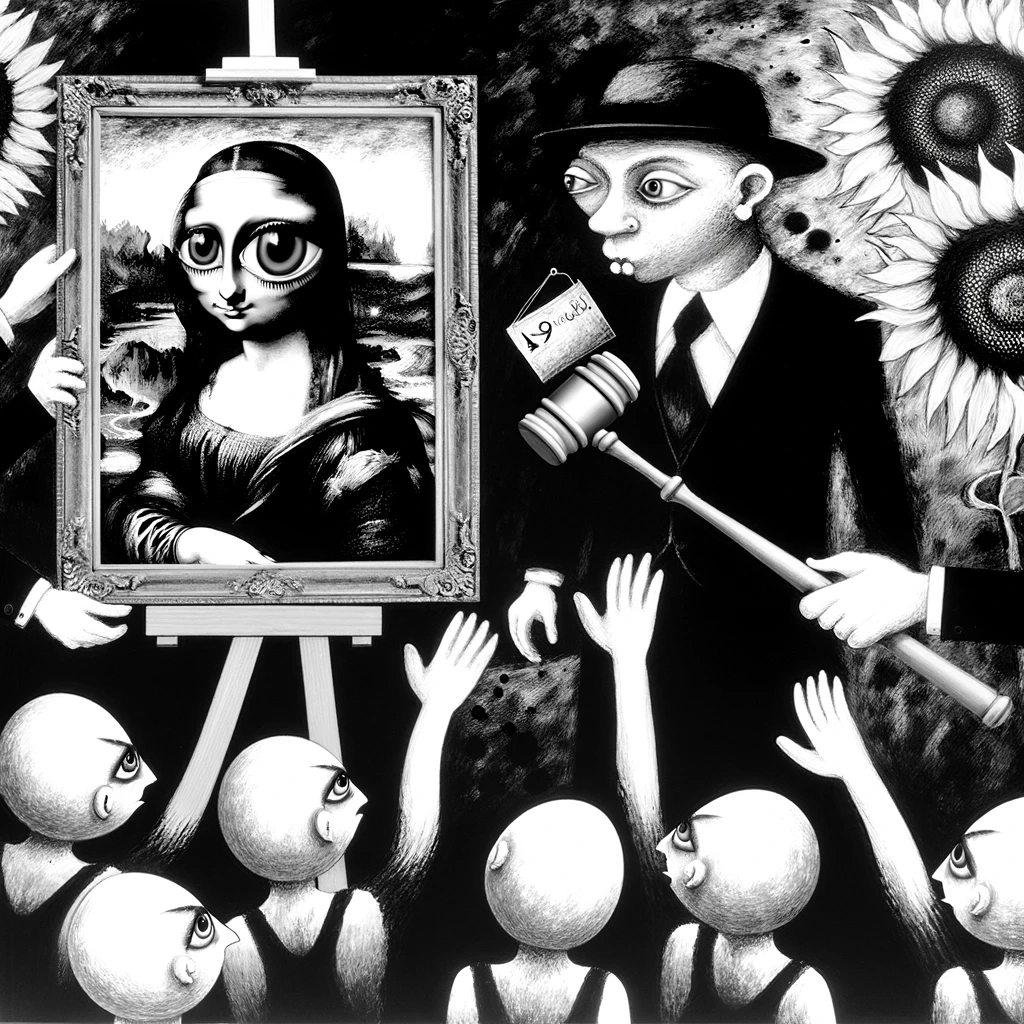Not many of us would think that the type size and type face is really that important. But I have died a thousand deaths because of this.
I have emceed a few events where the organiser or communications manager promises to email the run sheet days before the event. I want the run sheet before an event so I can check what’s required of me. What officials are attending. Timing of requirements and if they have used any clunky words in their scripts. And if they have cut and pasted something that has turned into a disaster. This gives me time to get back to them if any changes are needed.
Red Flags and Broken Promises
Red flags appear a day before the event if it hasn’t appeared. I call again, they promised the run sheet is perfect and I have no need to worry. Everyone has checked it. Then it is handed to you. But a run sheet the type face is not easy to read. The font size is super small. And there is no spacing between lines and paragraphs.
The nightmare of a night has begun. As there is no spacing you cannot ad notes and in every event their are last minute changes. Because the point size is so small it is difficult to read and your energy is being used to try and read the mini type. On top of that emcees put their fingers on a space and talk to the audience. The eyes return to your finger placement but your finger is on three lines. Then if the lecture light is poor you moved in close to read.
Making it Easier for Everyone
As I developed my presenting skills I had had no fear telling organisers that I needed a run sheet typed to these requirements:
One sided, Double spacing. Point size 14. And presented in a serif font e.g. Georgia. Also ask for the pages to be numbered. For me, Georgia is easy to read.
You will realize how important this is when you present a major event where timing is important. A serif font with its little At the end of the day I am the one on stage. I want to look and present at my best. Always remember each gig is an audition for your next gig.
